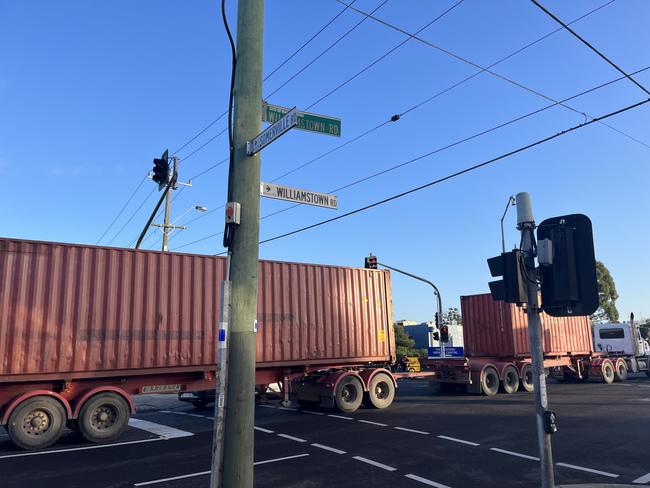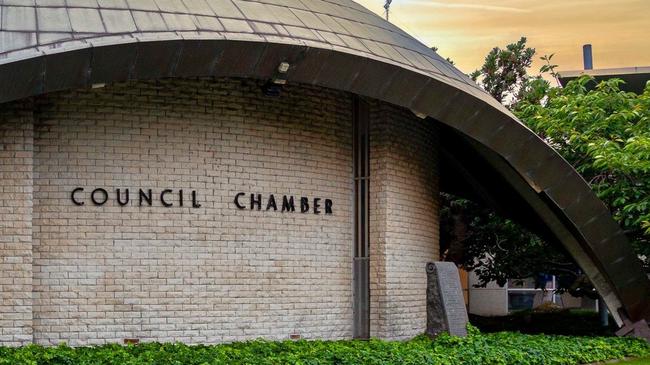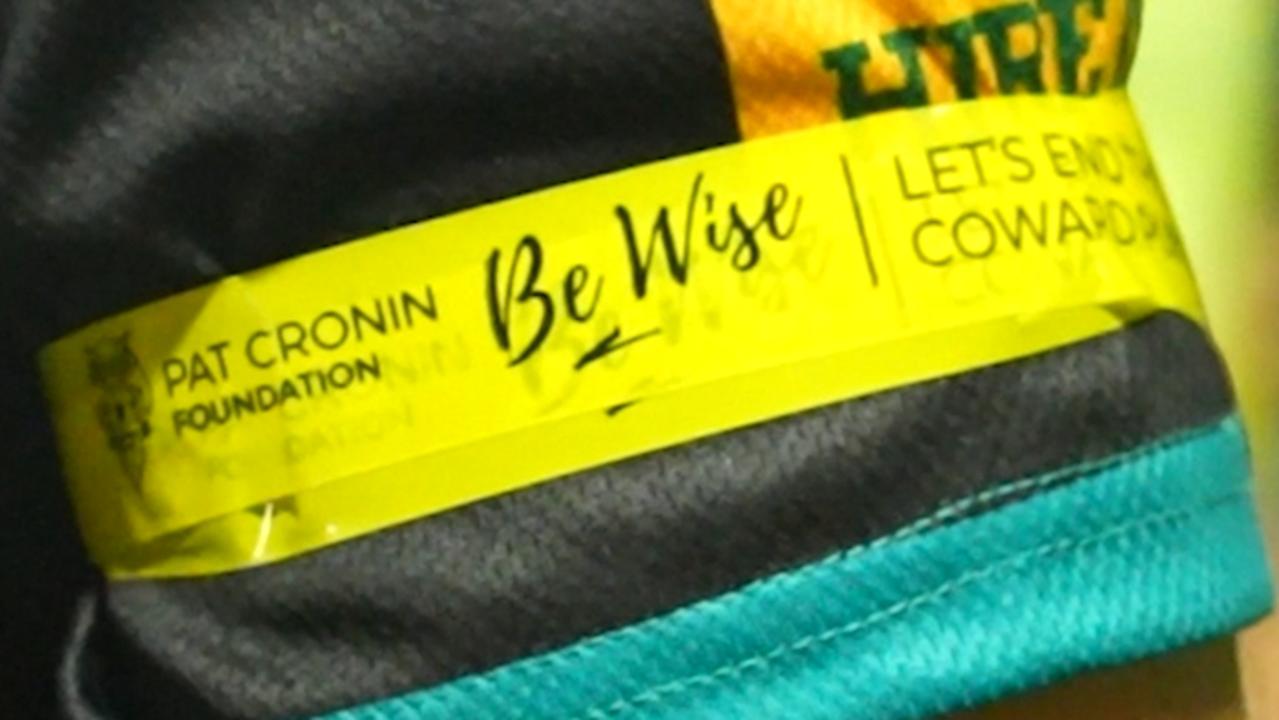Hobsons Bay City Council hosts air quality forum to tackle pollution
Residents in Melbourne’s west continue to suffer as dust, hazardous chemicals, smells and noise pollution plagues the region making it “Third World”.

West
Don't miss out on the headlines from West. Followed categories will be added to My News.
Children growing up in Melbourne’s western suburbs are more likely to be diagnosed with asthma, according to data from the Department of Education.
Asthma rates in Maribyrnong are 50 per cent higher than the state average with one nearby resident claiming air pollution was “third world just 9km from the CBD”.
Yarraville and Brooklyn ranked 7th and 8th in the country for the worst concentration of air pollution.
At an air quality forum hosted by Hobsons Bay City Council, representatives from the Environment Protection Authority, the Department of Transport and Planning and the Department of Energy, Environment and Climate Action met to discuss growing concern among residents and worrying health outcomes.

Health data by the Department of Education revealed that asthma among adolescents in Maribyrnong was 50 per cent higher than the state average and Torrens University revelled that hospital admissions for those aged between three and 19 was 70 per cent higher than the national average.
At the air quality forum, Brooklyn resident Carmen Largaiolli spoke about the need for urgent policy change — including more data monitoring across the west — and said conditions were “third world just 9km from the CBD”.
Ms Largaiolli said the west had carried the burden of Melbourne’s worst pollution for decades and the health impacts were well established.

A 2020 report prepared by the Inner West Air Quality Reference Group argued that poor health outcomes relating to respiratory issues could not be reduced to socio-economic status or smoking rates and instead suggested air pollution was likely an important contributor.
The same report cited data which revealed hospital admissions in Maribyrnong for heart failure, stroke, asthma, and lung cancer all exceeded the national average.
It comes as the western region still had the lowest tree canopy cover in Melbourne, with urban development contributing to the loss of trees and vegetation.
Maribyrnong Truck Action Group (MTAG) president Martin Wurt has spent two decades campaigning on the dangerous health outcomes connected to excessive heavy vehicle movement.
“If more people understand the health impacts then they will heap pressure on authorities for change,” Mr Wurt said.

“But the road map already exists, we know the evidence about the damage of air pollution and what is contributing to that in the inner west, now what we need is action and for the government to be held accountable.
“We need low emissions zones, we need to get the old dirty trucks off the road, and we need filtration on the West Gate Tunnel.”
The council has put its hand up to play a leadership role in fighting air pollution.
Mayor Tony Briffa said previous efforts by stakeholders produced a raft of initiatives and ideas to improve air quality in the region.
“It’s an inescapable reality that the history, growth and development of the inner west has had an impact on the quality of the air we breathe,” Ms Briffa said.

“I’m pleased attendees expressed an interest for the work of the forum to continue, including the potential to develop a detailed action plan to achieve real and measurable air quality improvements by focusing on dust, noise, smells and hazardous chemicals.”
“As a council, we are limited in the role we can play in implementing these initiatives, but we can play a leading role in bringing together the Victorian Government with residents from inner west councils to discuss what is next for its strategy and advocate for actions.”
The state government has allocated $2.84m to establish two air quality improvement precincts in Melbourne’s west.
These precincts will aim to reduce air pollution and other environmental challenges, in partnership with community and businesses.
A government spokeswoman said it was working to improve air quality in the region and referenced a $20m funding commitment to seal roads and modernise trucks that travel through the inner west.
“Clean air for all Victorians is the state’s first overarching plan to address air pollution – over the next decade it will target air pollution and improve air quality as we tackle the challenges of climate change and population growth,” the spokeswoman said.
“As part of the strategy we will advocate for strong national standards, improve air quality monitoring and provide better access to information for the community.’’




